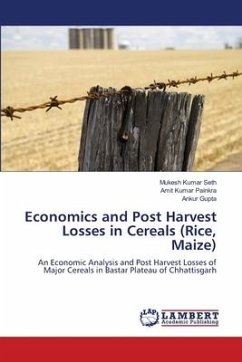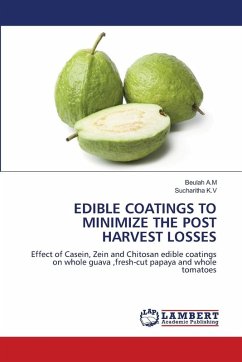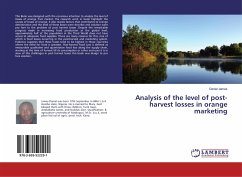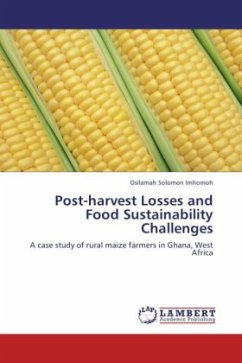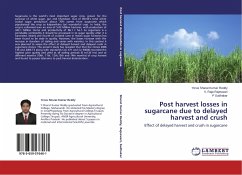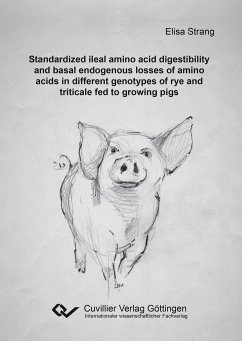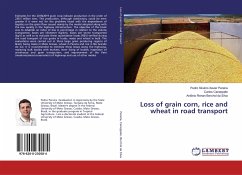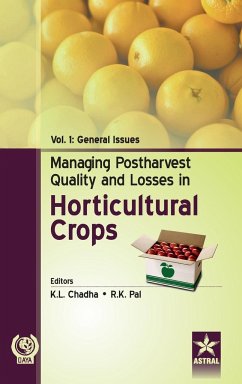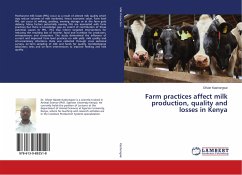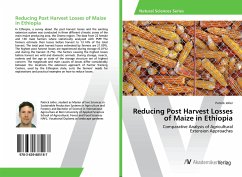
Reducing Post Harvest Losses of Maize in Ethiopia
Comparative Analysis of Agricultural Extension Approaches
Versandkostenfrei!
Versandfertig in 6-10 Tagen
24,99 €
inkl. MwSt.

PAYBACK Punkte
12 °P sammeln!
In Ethiopia, a survey about the post harvest losses and the existing extension system was conducted in three different climatic zones of the main maize producing area, the Oromo region. The data from 22 female and 136 male farmers where statistically analyzed with PSPP. The farmers estimate their losses before harvest to 13.14% of the total harvest. The total post harvest losses estimated by farmers are 21.09%. The highest post harvest losses are experienced during storage (6.01%) and during the harvest (5.7%). The factors causing the highest losses before harvest are wild and domestic animals...
In Ethiopia, a survey about the post harvest losses and the existing extension system was conducted in three different climatic zones of the main maize producing area, the Oromo region. The data from 22 female and 136 male farmers where statistically analyzed with PSPP. The farmers estimate their losses before harvest to 13.14% of the total harvest. The total post harvest losses estimated by farmers are 21.09%. The highest post harvest losses are experienced during storage (6.01%) and during the harvest (5.7%). The factors causing the highest losses before harvest are wild and domestic animals. During storage, insects, rodents and the age or state of the storage structure are of highest concern. The magnitude and main causes of losses differ considerably between the locations. The extension approach of Farmer Training Centers, used by the Ethiopian state, suits the farmers' needs for explanations and practical examples on how to reduce losses.



